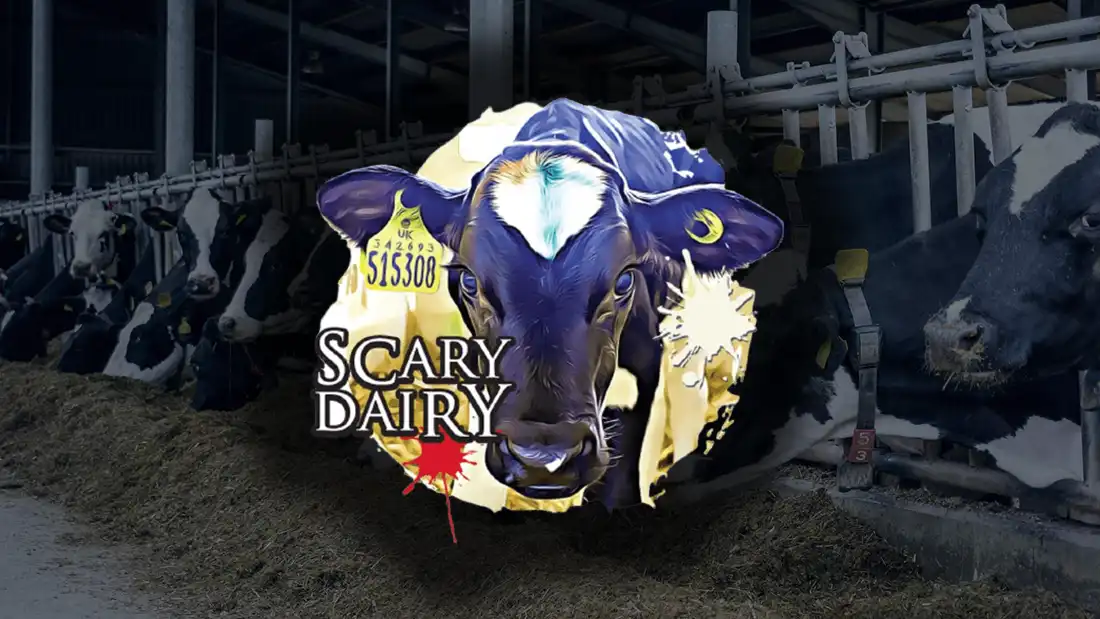A Vegan’s Guide to Cars
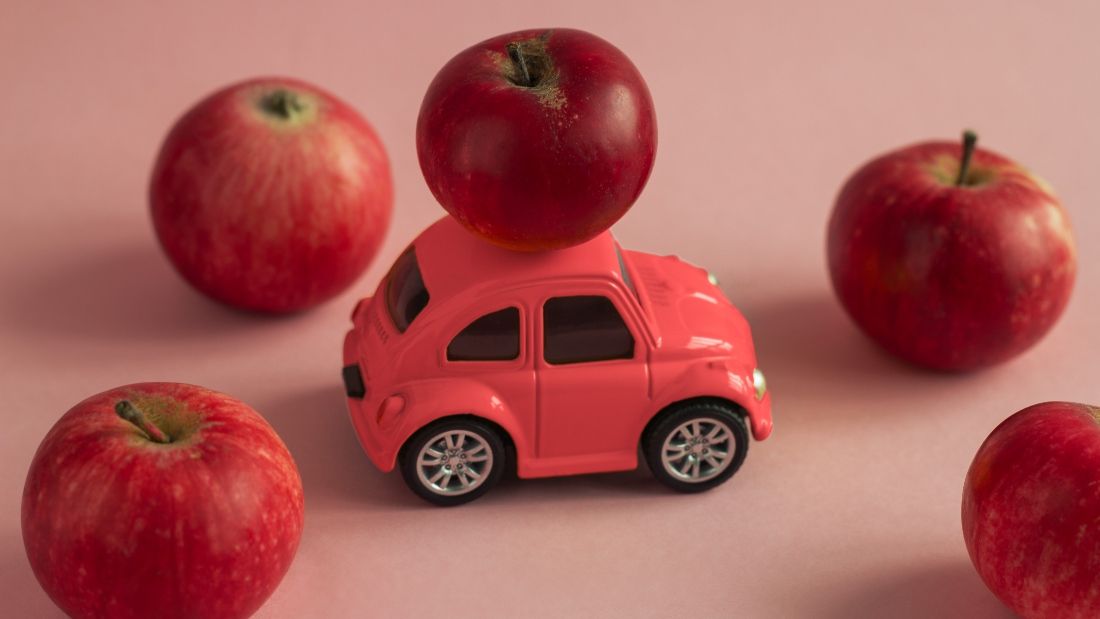
Have you ever heard the argument that it’s impossible to be truly vegan if you drive or even sit in an automobile? Of course, even though cars do contain animal-derived materials, you can still be vegan and use them because, according to Viva!’s definition of veganism, it’s about excluding animal exploitation as far as is practicable.
For most people it is almost impossible to ever avoid sitting in a car, bus or any form of transportation. And in fact, by using public transport – where you have no control over the materials used – instead of your own vehicle, you would actually be reducing your carbon footprint and therefore limiting the harm caused to the planet and all its inhabitants.
But the problem remains that many cars use products derived from animals in their design.
Why Most Cars Aren’t Vegan Friendly
Research from Peter Vardy2Peter Vardy. 2021. Vegan Friendly Cars. Available: https://www.petervardy.com/news/vegan-friendly-cars [Accessed 11 June 2021]. highlights the eight car features which are most commonly non vegan:
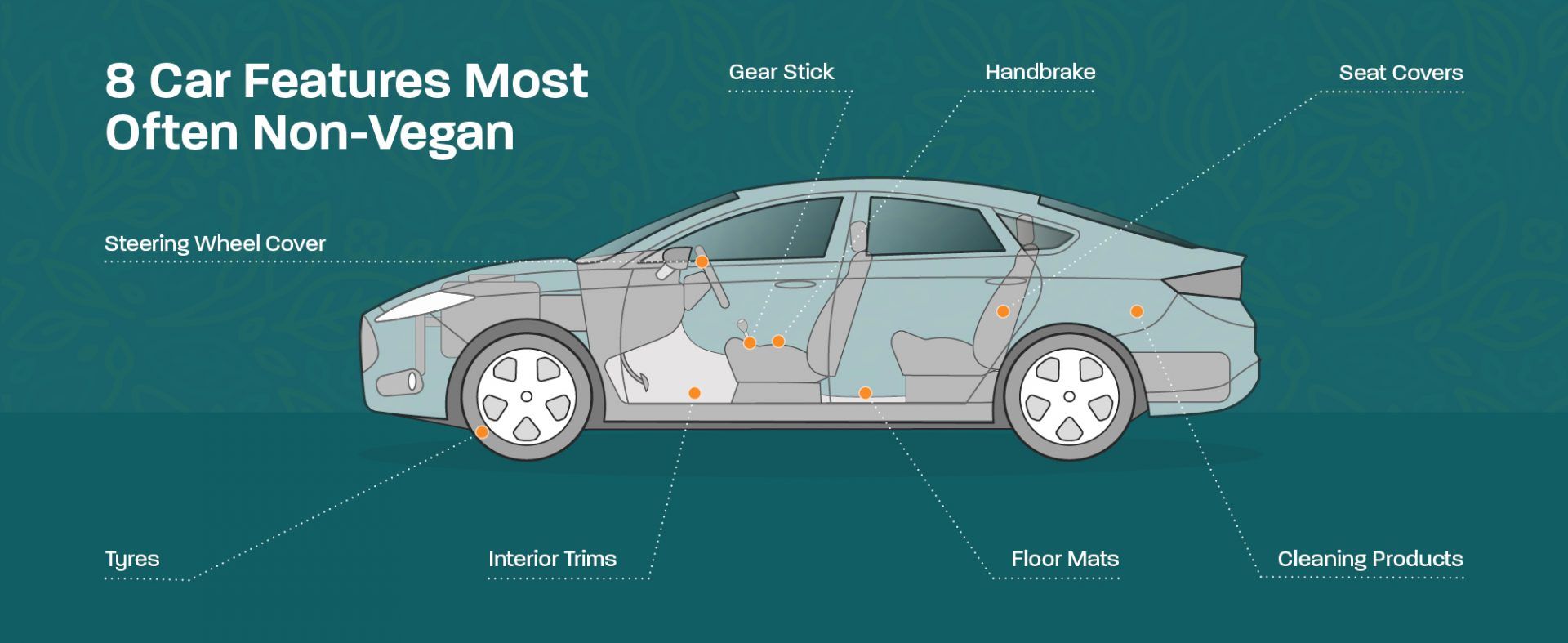
| Car Part | Problem |
| Steering wheel cover | Leather is often used because of its durability and grip |
| Gear stick | Leather is often used because of its durability and grip |
| Handbrake | Leather is often used because of its durability and grip |
| Seat covers | Luxury and premium models often come with leather seat covers |
| Interior trim | Luxury and premium models often come with leather trim |
| Floor mats | Some are made from Mohair and leather binding |
| Tyres | Stearic acid derived from tallow (animal fat) is used to improve flexibility, strength and grip |
| Cleaning products | Just like household cleaning products they can contain animal-derived ingredients and may be tested on animals |
Veganising your vehicle
For those looking to take their veganism up a gear and modify their automobile, many of the animal-derived parts can be swapped for vegan-friendly versions.
Opting for the lower-spec vehicle rather than the premium model will often mean the car comes without leather seats and trim, which are considered more luxurious. Newer vehicles, with switches and buttons instead of traditional handbrakes, may also reduce the leather used. Removable parts like floor mats can easily be swapped out – especially if you let the dealer know when buying the car that you want it to be as vegan-friendly as possible.
Unfortunately, almost all tyres use animal-derived stearic acid. However, manufacturers are becoming wise to the rise in veganism, and Michelin now produces a range of vegan tyres which use plant-based stearic acid.5Wyatt Auto Services. 2021. Are Tyres Vegan? Available: https://www.wyattautoservices.co.uk/news/are-tyres-vegan/ [Accessed 11 June 2021]. You might not be able to make this switch before purchasing the car, but it could be possible when it’s time to replace your worn tyres.
If you can afford it, some car manufacturers, including Tesla, Volkswagen and Mercedes-Benz, are even producing models which are entirely leather-free.6Peta. 2021. After Years of PETA Pushing, Vegan Car Interiors Are at Peak Popularity. Available: https://www.peta.org/living/humane-home/vegan-car-interior-options/ [Accessed 11 June 2021]. It seems inevitable that, over time, vegan options will become available in almost all car lines.
The easiest thing to switch out is the cleaning products. Astonish makes a range of cruelty-free and vegan car cleaning products, and many household cleaning products can also be used for the car, including Method, Bio D and Ecover. When shopping for cleaning products, remember that cruelty-free doesn’t always mean it’s suitable for vegans: it means it hasn’t been tested on animals but might still contain animal-derived ingredients. Therefore look for cruelty-free and vegan on the label.
Weighing up the impact
Replacing new and existing components also needs to be weighed up against the environmental impact of discarding the original car parts. Can they be reused or recycled instead of just thrown out? If someone else can use them instead of buying more animal-derived products, it could be beneficial. But if you’re just going to throw out perfectly usable parts, is the environmental cost of replacing them with newly-produced parts greater than the benefit?
You might decide that the environmental benefits of buying a second hand car with leather parts outweighs the benefits of having a new car with all vegan parts. Or you might feel too uncomfortable using a car with animal-derived materials. Of course, these are all personal decisions to make based on your unique set of circumstances and priorities.
If you are in the market for a new, vegan-friendly car, here are 10 worth considering1Peter Vardy. 2021. Vegan Friendly Cars. Available: https://www.petervardy.com/news/vegan-friendly-cars [Accessed 11 June 2021]. :
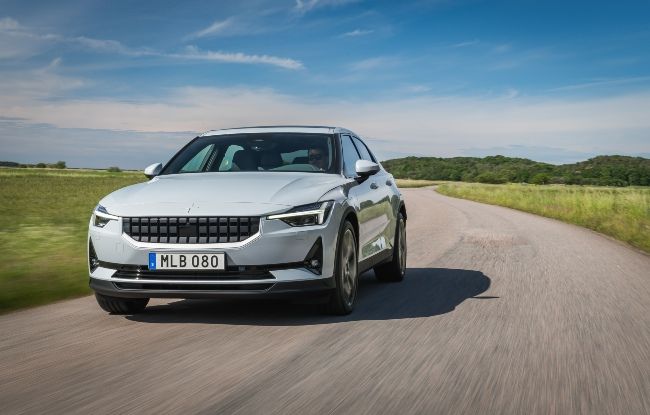
Polestar 2
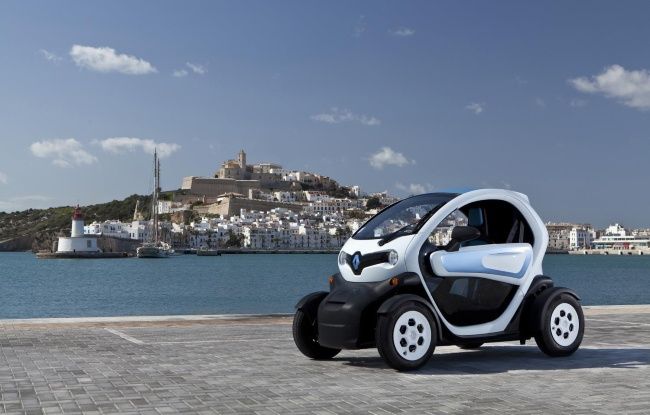
Renault Twizy
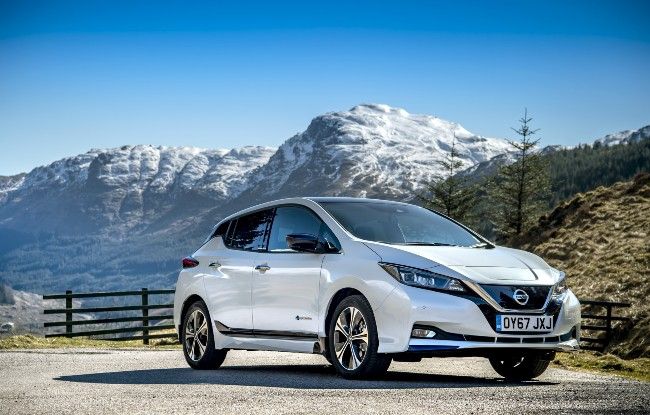
Nissan Leaf
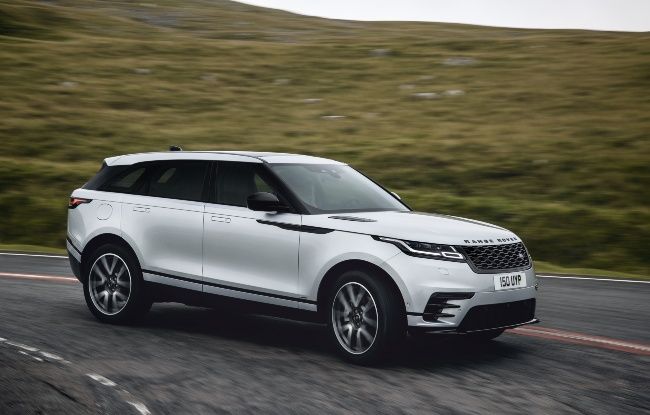
Range Rover Velar
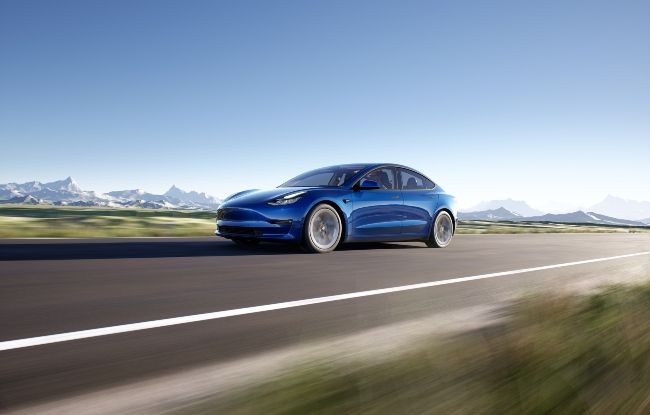
Tesla
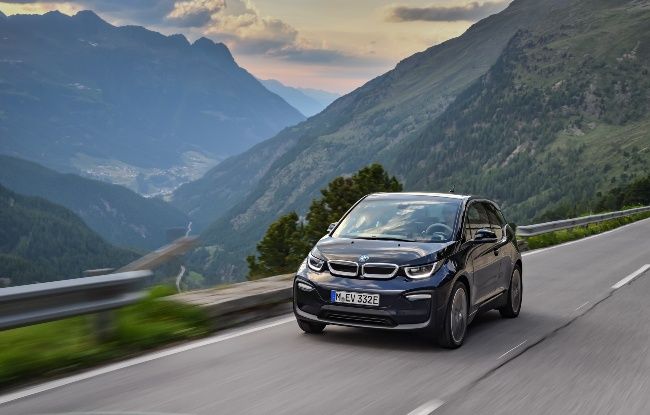
BMW i3
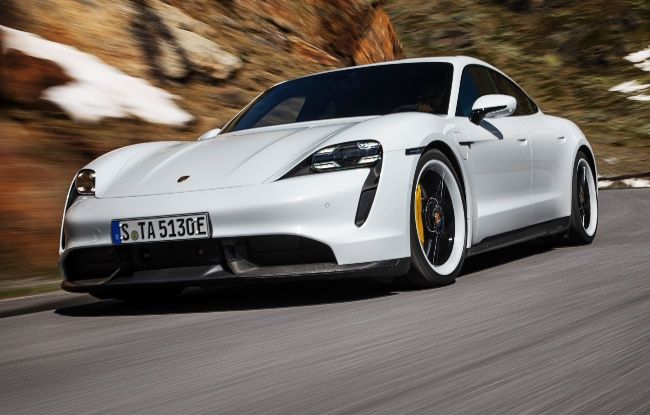
Porsche Taycan
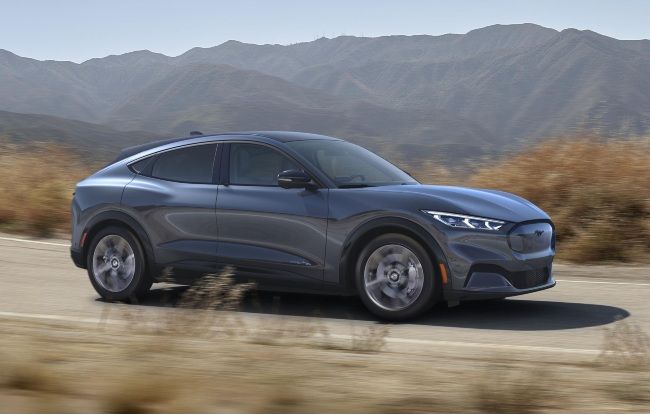
Ford Mach-E
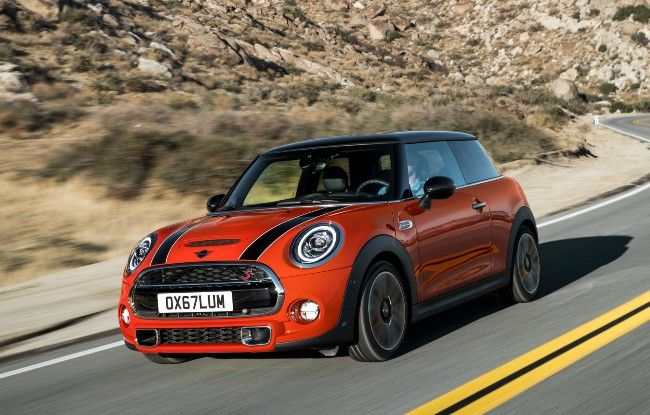
MINI
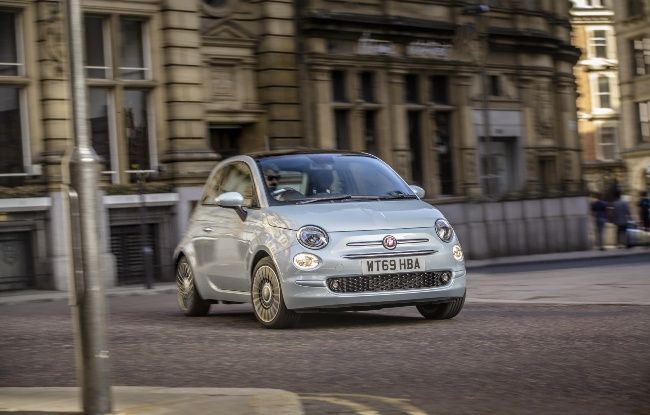
Fiat 500 Hybrid


